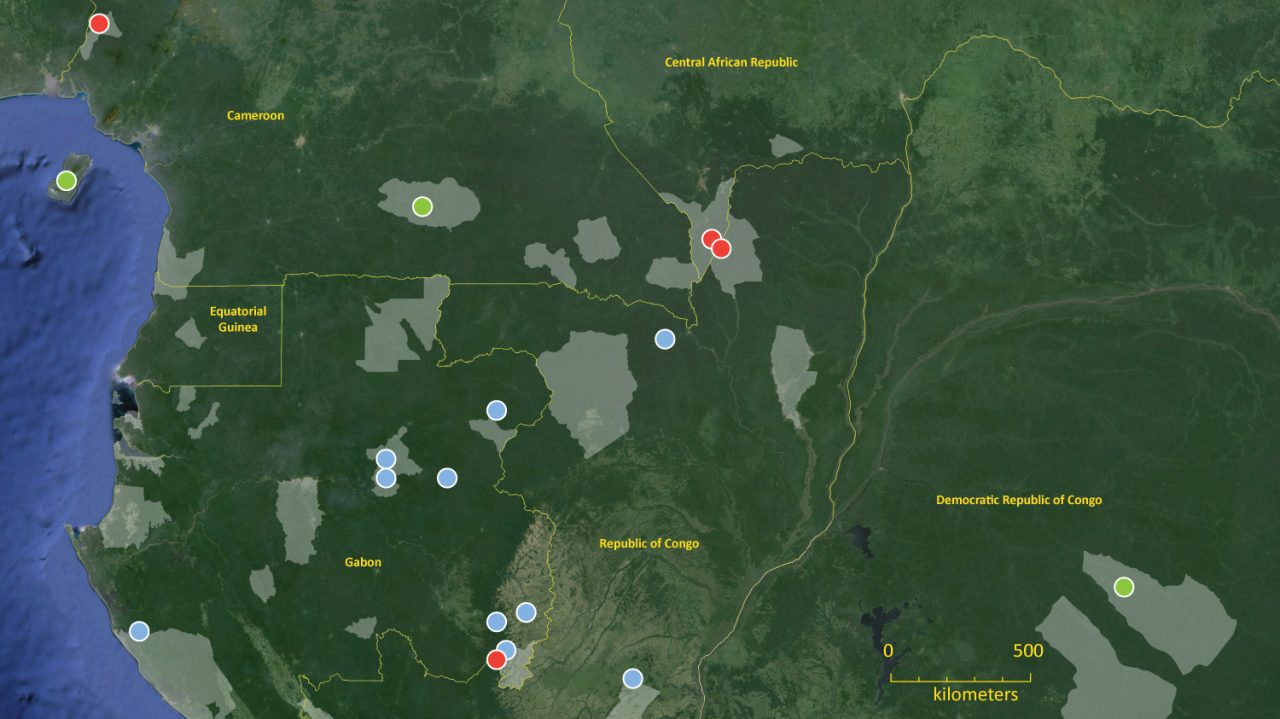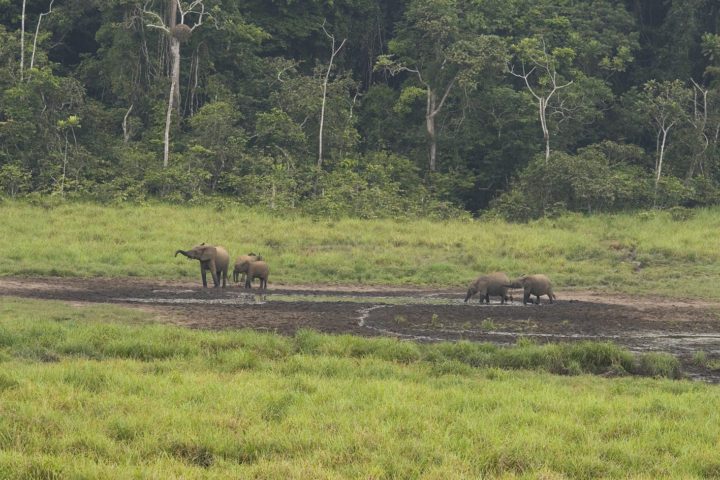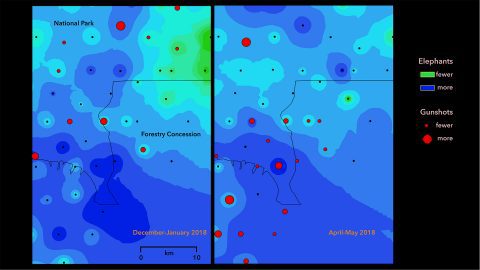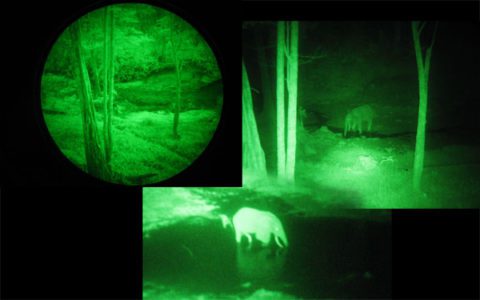Ears on the Forest

In 2007, after Katy Payne and Mya Thompson finished their pioneering work figuring out how to use acoustics to study forest elephants, the Elephant Listening Project got started on applying these methods to answer a diverse range of questions. We have studied the effects of oil exploration on elephant behavior, characterized seasonal use at a multitude of forest clearings, and probed the nocturnal behavior of forest elephants. We have now amassed nearly one million hours of sounds from the forests of Central Africa!
This invaluable archive of sounds establishes not only an historical record of the acoustic forest, but a source of research material for a multitude of acoustically active species. All of these sounds are available to other researchers for studying the presence of birds, insects, and amphibians; the intrusion of human sounds; changing biodiversity through seasons and through time.
Unlike some countries in the region, Gabon, Congo, and Cameroon have reasonably stable governments and large tracts of intact and pristine forests (percent of land area protected 22%, 41% and 11%, respectively). Overall, Central Africa has the second largest contiguous rainforest on earth, second only to the Amazon. This presents an exceptional opportunity for the conservation of tropical rainforest diversity, including charismatic animals like forest elephants, lowland gorillas, chimpanzees, mandrills, and myriads of other animals and plants that share this ecosystem. Gabon, with an unusually low human population density for this region of Africa, may well be the stronghold of the forest elephant and it is therefore imperative that we ensure protection here. The Elephant Listening Project worked extensively in this beautiful country between 2007 and 2014, developing new acoustic monitoring methods and establishing our first team of Gabonese acoustic researchers.

Some Highlights:

– In Loango National Park, on the coast of Gabon, ELP has studied the effects of oil exploration on the ecology of forest elephants. We discovered, for the first time in this area, that illegal hunting was going on big-time within the national park. This spurred establishment of an anti-poaching patrol program that continues today.
– We established a series of studies at forest clearings, some within logging concessions and some in protected areas. We found that elephant activity was strongly seasonal in some but not in others. At all clearings elephants are more active at night than during the day, but they can become totally nocturnal when poaching pressure in the area is high. Documenting the relative intensity of use of different clearings is critical for successful management of the forest elephant, and our acoustic methodology is excellent for long term monitoring of remote locations without human presence. One clearing, located in a forestry concession, has more elephants at some times of year than any other location known in Central Africa, with the exception of Dzanga Bai in the Central African Republic.
– Along with colleagues from Oxford University and James Madison University we established the first grid of acoustic units to monitor illegal hunting within a national park. In Korup National Park, Cameroon, we could map in fine temporal detail how hunting pressure changed through the week in response to market day in the nearby villages. This sort of information can be used to help tailor anti-poaching patrols to the most effective times and locations. And, we can evaluate their effectiveness by quantifying actual change in recorded gunshots under different patrolling regimes.




